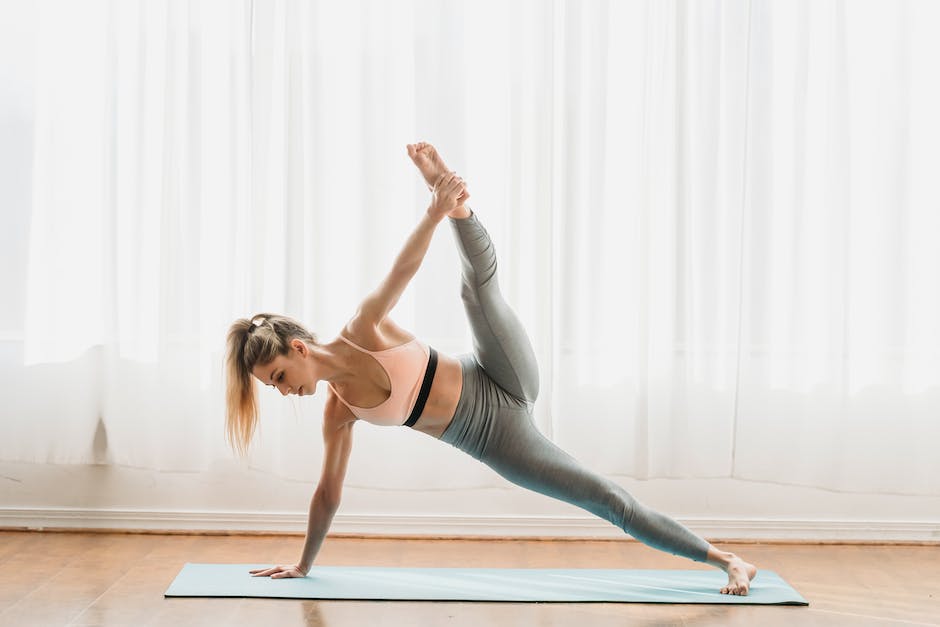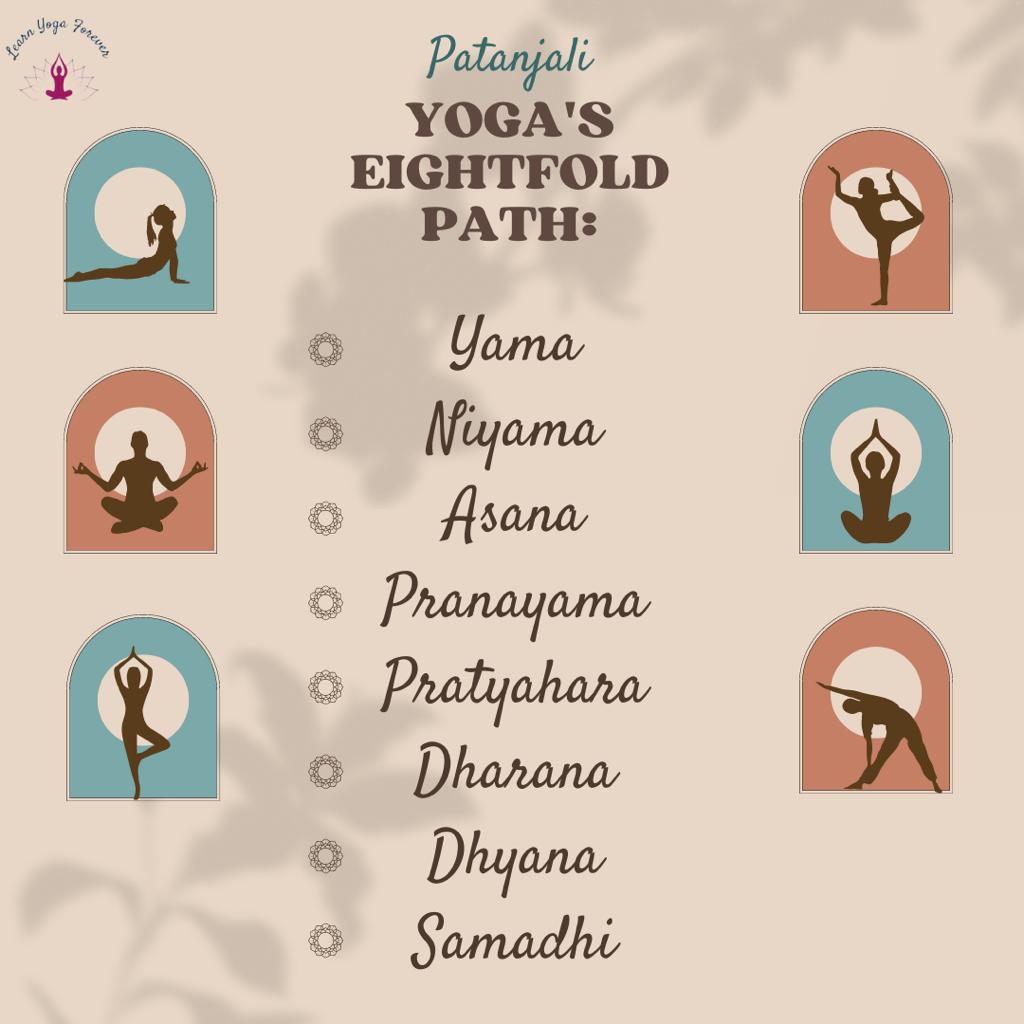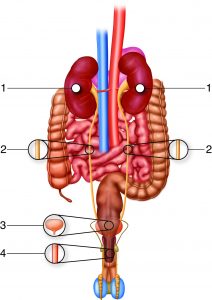
Yoga: A Closer Look at its Fitness Benefits
Are you curious to learn more about the fitness benefits of yoga? It’s no secret that yoga has become increasingly popular among fitness-enthusiasts, and with good reason. From improved flexibility and posture to quicker recovery and muscle strength, the physical advantages of yoga are numerous and powerful. In this article, we’ll take a closer look at exactly what yoga has in store for those looking to take their workout to the next level.
List of Content
- 1. What is Yoga and How Can It Help in Fitness?
- 2. Understanding the Principles of Yoga
- 3. Major Focused Areas of Yoga
- 4. Different Types of Yoga Exercises
- 5. Benefits of Practicing Yoga on a Regular Basis
- 6. Tips to Remember When Doing Yoga
- You Ask, I answer

1. What is Yoga and How Can It Help in Fitness?
Yoga is an ancient form of exercise and meditation originating from India, now practised all over the world. It incorporates deep breathing, various physical postures and poses, and meditation. By combining physical and mental exercise, yoga has multiple benefits both physically and mentally that can help improve fitness.
Physical Benefits of Yoga
Yoga can help improve strength, flexibility and balance, as well as reduce stress and improve overall health. Here are some physical benefits of yoga:
- Strengthens and tones muscles
- Increases flexibility
- Improves posture
- Increases range of motion and mobility
- Increases energy levels and stamina
Mental Benefits of Yoga
Yoga can also help with mental fitness. It enhances the connection between the body and mind, helping to create a sense of balance and harmony. Here are some mental benefits of yoga:
- Promotes stress relief
- Improves focus and concentration
- Improves mood and mental clarity
- Reduces anxiety and depression
- Promotes relaxation

2. Understanding the Principles of Yoga
Breath
Yoga places a lot of importance on the breath. The ability to control and direct the breath can be used to bring feelings of relaxation and focus during practice. During poses, it is important to stay in sync with your breathing. As you inhale, expand your chest and as you exhale, relax. The breath should remain consistent, with no disruptions.
Postures
Postures, also called poses, are physical movements that help direct energy through the body. They can be performed alone or arranged into sequences. It is best to start with basic poses, like Mountain Pose and Warrior I, and increase in difficulty as your practice intensifies. During poses, focus on alignment and the body’s ability to express each movement.
Meditation
Meditation is a key component of the yoga practice as it encourages 1 to close their eyes, sit still and observe thoughts as they occur. Your mind can become more still and stiller with practice. You can establish a deeper connection with the self and become aware of what your body needs.
Philosophy
Yoga is much more than physical movement, it also encompasses a philosophy of life that combines physical, mental, and spiritual elements. It encourages living a moral life and helping others along the way. The goal of yoga is to attain a balanced, healthy lifestyle. Practicing yoga can provide balance not just physically, but spiritually as well.
3. Major Focused Areas of Yoga
Yoga combines a variety of physical postures, breathing exercises, and meditation. Through these practices, it can help improve overall physical and mental health. In order to practice it in the most effective manner, it’s important to understand the three :
- Hatha Yoga: Hatha yoga emphasizes physical postures known as asanas that emphasize balance, flexibility, and strength. It is considered an introductory path to deeper yoga practices.
- Kundalini Yoga: Kundalini yoga focuses on unlocking the energy stored in your spine by combining poses, breathwork, and meditation. It is more energetic and spiritual than other forms of yoga.
- Vinyasa Yoga: Vinyasa yoga is the practice of gently moving through different poses in a fluid and graceful sequence. It uses deep breathing and meditation to bring physical and mental awareness to the present moment.
Hatha yoga can be particularly beneficial for beginners because it focuses on the basics of the practice, such as breathwork, awareness, and alignment. It is more gentle than other forms of yoga and is an ideal way to learn the fundamentals of the practice.
Kundalini yoga is for those looking for a more intensive practice. It focuses on breathing and movement to help ease tension in the body and awaken the Kundalini, or creative life force, deep within.
Vinyasa yoga focuses on linking breath with movement and can be especially beneficial for those looking for a more challenging practice. It is a great way to move the body while also allowing for a sense of relaxation and release.
4. Different Types of Yoga Exercises
Yoga Exercise 1: Hatha Yoga
- The Basics: Hatha yoga is a traditional type of yoga that focuses on poses (asanas). It is slow-paced and gentle, making it a great option for beginners and those seeking a low-impact form of exercise. It is also a popular form of physical fitness, as many of the poses used feature resistance and strength-building.
Yoga Exercise 2: Hot Yoga
- The Basics: Hot yoga is a style of yoga that is performed in a heated room, typically up to 110 degrees Fahrenheit. The heat is designed to open up the muscles and make the postures more accessible. Hot yoga often involves a combination of poses that flow from one to the next in a continuous sequence. This style of yoga is great for building flexibility and detoxifying the body.
Yoga Exercise 3: Power Yoga
- The Basics: Power yoga is a more vigorous style of yoga that is structured in a series of sun salutations, or vinyasas. It is designed to not only strengthen and tone the body, but also to build internal heat and stamina. It focuses on connecting movement and breath and is great for those looking to build strength and endurance.
Yoga Exercise 4: Restorative Yoga
- The Basics: Restorative yoga is a gentle form of yoga that focuses on relaxation and rejuvenation. It is designed to be both calming and healing and involves using props to support the body in certain poses. It is often used to reduce stress and fatigue, as well as reduce overall tension in the body.
5. Benefits of Practicing Yoga on a Regular Basis
Yoga has been around for centuries and its popularity shows no sign of slowing down. Practicing yoga on a regular basis offers a wide range of tremendous benefits. Here are some of the benefits of regular yoga practice:
- Flexibility and Mobility: By practicing yoga poses regularly, your body will become increasingly flexible and mobile. Yoga helps to stretch and strengthen your muscles and joints, improving your range of motion and increasing your ability to do activities of daily living.
- Improved Breathing: Yoga includes a variety of breathing exercises which can help to improve your respiratory system and reduce stress. Improved breathing can help to improve your overall well-being and energy levels.
- Ease Stress and Anxiety: Yoga is a great way to relax your body and mind. By focusing on your breath and connecting with your body, you can reduce stress and anxiety and promote a feeling of calm.
- Increase Strength: Yoga can help to increase your strength and endurance. With regular practice, your muscles will become stronger and you’ll be able to do more challenging poses.
Yoga is a great way to stay healthy and increase your overall well-being. Practicing yoga on a regular basis can help to improve physical strength, increase flexibility, reduce stress, and improve your overall health. Give yoga a try and discover the difference it can make in your life.
If you’re new to yoga, always start with beginner poses and work at your own pace. Stay consistent with your practice and you can look forward to the many benefits that regular yoga practice can bring.
6. Tips to Remember When Doing Yoga
Yoga can be a great way to relax and stay in shape, but if you’re new to the practice, it can be difficult to know where to start. Here are some tips to help you get the most out of your yoga practice:
- Pace yourself: Yoga is all about the journey, not the destination. Go at your own pace and don’t push yourself too hard. Take breaks if you need them, and remember that it’s ok to take it slow.
- Find a comfortable spot: Choose a spot where you feel comfortable. Make sure you have plenty of room to move and stretch. Consider playing some relaxing music to set the mood or lighting a candle to help create a peaceful environment.
- Listen to your body: Your body knows what it needs, so don’t push yourself too hard and don’t be afraid to take breaks when you need them. Be mindful of any pain you might be feeling and don’t be afraid to back off if something doesn’t feel right.
- Be patient: Don’t expect results overnight. Remember that yoga is a practice, and it takes time to see progress. Be consistent with your practice and don’t be discouraged if you don’t see results right away.
By following these tips, you can ensure that you’re getting the most out of your yoga practice. Remember to be patient and take breaks when you need them. With consistent practice and dedication, you can see great results from your yoga practice!
You Ask, I answer
Q: What is yoga?
A: Yoga is an ancient practice originating from India which combines physical postures, breath control, relaxation, and meditation. It is known to be both a spiritual and physical practice.
Q: What are the fitness benefits of yoga?
A: The physical postures of yoga help to build strength, flexibility, balance, and endurance. Regular yoga practice can also help to improve posture, reduce stress, and enhance heart health.
Q: How often should someone practice yoga for maximum benefit?
A: To see maximum benefit, it is recommended to practice yoga regularly, at least four times a week.
Q: Is yoga safe for everyone?
A: While yoga can be enjoyed by anyone, modifications and variations should be made depending on your individual needs. It is best to speak with your doctor before starting any type of physical practice.
So there you have it – an in-depth look at the many fitness benefits of yoga! Yoga can be a great way to increase strength, mobility, flexibility, endurance, and so much more. And the best part is, it can be done anywhere and at any time! So why not give it a try and experience the great physical and mental health benefits for yourself? Namaste.

